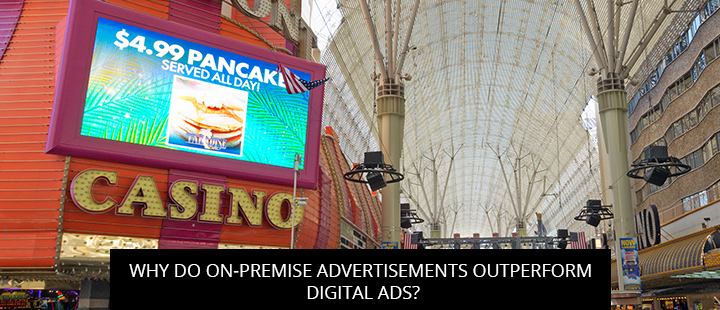Though signs are crucial for way-finding, commerce, safety, and accessibility, it is usually in a city’s best interest to regulate them, especially in residential neighborhoods.
But don’t worry: good sign code is pro-business, since fighting clutter makes the community more attractive to customers. Unless you’re in violation of said code, in which case you might be facing fines along with indirect loss of income from unhappy community members.
With that in mind, today’s post tells you whether your residential signage is breaking the law and how to fix it fast. Read on to learn how to get the most out of your residential business signs, courtesy of the Signworld business alliance.
Rapid-Fire Sign Ordinances for Residential Display:
- Portable and sidewalk signs. Because they’re liable to blow away in high winds when improperly installed, portable signs are almost never allowed in areas with high foot traffic and other controlled environments. Moreover, since these signs are potentially hazardous to the handicapped and visually impaired, they may violable provisions in the Americans with Disabilities Act depending on their placement.
However, portable signs are often allowed for “temporary display,” which means 30 days to a year for the purpose of promoting sales or grand openings.
- Flat wall mounted signs. Wall-mounted signs cannot obstruct windows and must be limited in proportion to the size of the building. Typical sign ordinance allows wall signs up to 150 square feet or 15% of the building’s frontal area.
- Freestanding signs. Pole signs are generally limited to one freestanding display per business, with a maximum height of 12 to 15 feet. However, many residential communities prohibit pole signs. In these cases, ground signs (otherwise known as monument signs) make great alternatives.
- Flags, banners, and pennants. Most communities commercial strictly regulate the height, size, and number of flags, banners, and pennants. These regulations vary based on community demands. However, as with portable and sidewalk signs, business owners can get away with quite a bit on the grounds that they’re used for “temporary display.”
Business signs and historic buildings
In 1954, a landmark signage decision was made in the case of Berman v. Parker. In hopes of reducing the creeping spread of “urban blight,” the U.S. Supreme Court declared: “It is within the power of the legislature to determine that the community should be beautiful as well as healthy, spacious as well as clean, well balanced as well as carefully patrolled.”
Since then, any business located in a residential area with historical buildings became subject to special rules.
Though it may not seem like it, these rules are really for your own good, as disrespecting local heritage sites is a surefire way to sour your reputation in the community.
So what do these rules stipulate, exactly?
First, new signs cannot obscure significant features of any historical building. This applies for new signs on the historical property itself, as well as the signage used on adjacent properties.
Furthermore, certain communities require that adjacent buildings’ signage materials also be somewhat compatible with those used in historic properties. That means no gaudy neon or dynamic digital signage in an austere historical neighborhood. Instead, consider warm and rustic aesthetics you can create with monument signs, wall graphics, banners, and awnings. Any member of the Signworld business alliance would be happy to help you meet your historical community’s signage needs.
For help with your sign design, or to find out specific sign code regulations in your area, speak with a Signworld consultant – call 888-765-7446 today.




